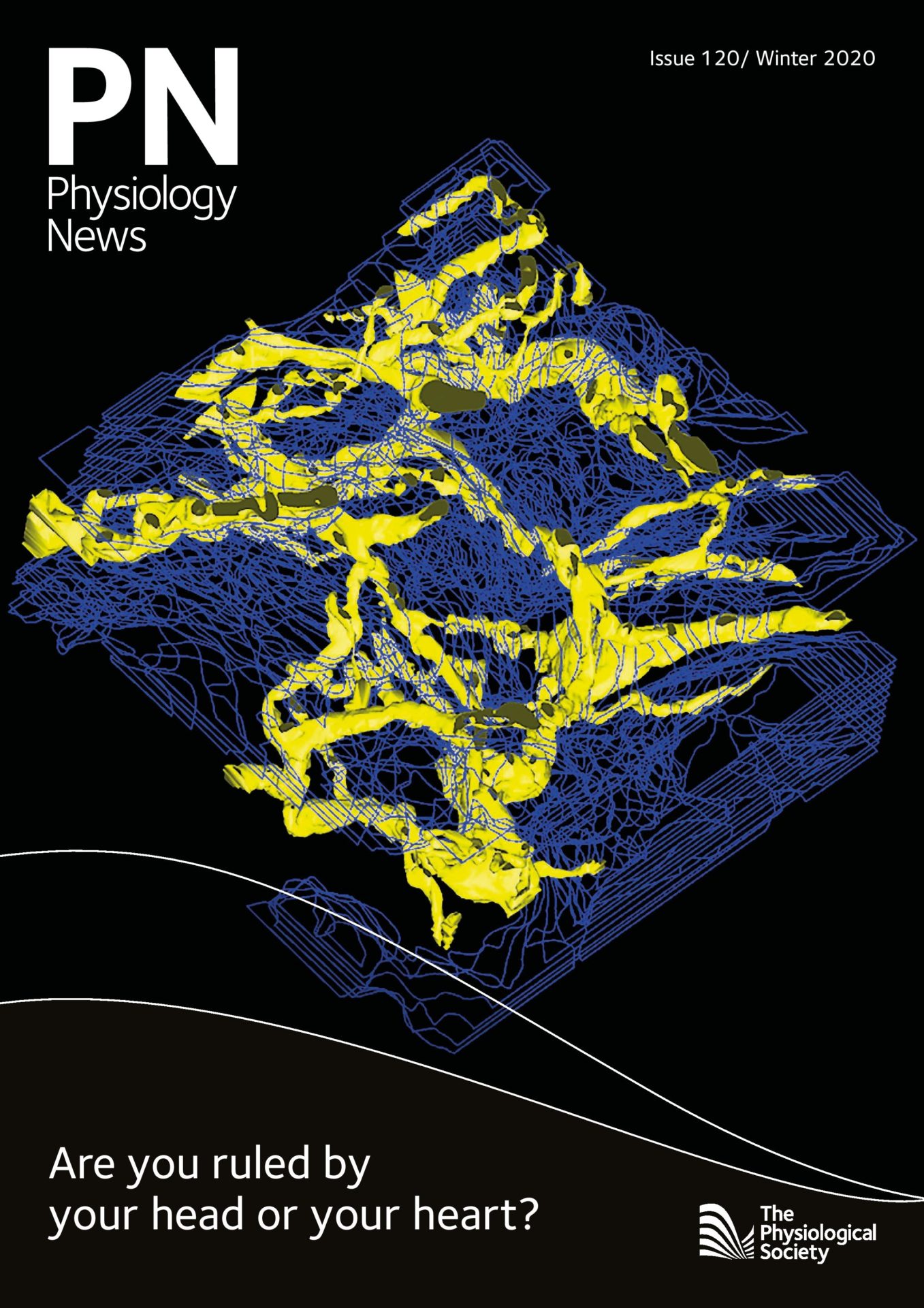
Physiology News Magazine
Book Review: Writing for Biomedical Sciences Students by Harry Witchel
News and Views
Book Review: Writing for Biomedical Sciences Students by Harry Witchel
News and Views
Katherine Rogers, Queen’s University Belfast, UK
https://doi.org/10.36866/pn.120.11
This book is a comprehensive guide to all aspects of academic writing in the field of biomedical sciences. Although it is identified as being for undergraduate students, while reading it I found that there are many topics that are equally relevant to postgraduate students and even early career researchers. This was due to the inclusion of very useful chapters covering aspects such as writing for poster presentations and talks or presentations, all of which are useful for those preparing their first conference presentation or even for the more experienced biomedical scientist who is looking for hints and tips on how to improve their oral or poster presentations.
The book is broken into four parts that take the reader on a journey of bioscience writing. It begins by covering the basic process of writing in Part 1 and then explores specific forms of writing in Part 2. Parts 3 and 4 discuss more advanced academic writing skills including organising the writing, selecting reference material, online searching and note-taking, using figures and tables, and performing an analytical critique. Part 4 focuses on skills associated with editing, referencing, avoiding plagiarism, proofreading, and editing and responding to feedback. The final chapter provides useful advice on writing for non-native English speakers. Appendices include samples of real essays that provide examples of reflective writing and critical thinking. These are taken from the author’s own students and readers will find these examples useful for illustrating much of the key guidance highlighted in the book.
The book is designed as a tool that can be dipped into, with each chapter presented as a separate entity that can be read as a stand-alone section, so there is no need for the reader to have read from the beginning of the book – this layout is always attractive to readers who can use the book as a guide. Nevertheless, in some chapters, reference is made to content in other chapters if the reader needs further information. These reference points are signposted well and do not detract from the content. I found these cross-references very helpful and was able to find the other sections with ease to supplement my reading.
Although other books exist on the market that provide guidance on academic writing for undergraduates, this book stands out for me as it is targeted specifically at the biomedical sciences and hence the advice and guidance it provides is entirely applicable to this group of students. Due to its field specificity, every chapter has something useful to offer and while reading I was confident that the advice was relevant to the writing style expected in the field.
Throughout the book the author has provided the reader with a range of useful hints and tips such as the hourglass model of the IMRaD structure of a bioscience report or the BEER hourglass model for constructing a paragraph. Many of these concepts will not be new to science undergraduates but the clear instruction and explanation may help the reader to use and apply them in a way that is explicit, hopefully resulting in better writing and hence better marks.
A number of short exercises are interspersed through the book and I will certainly use some in my own workshops on assignment preparation for Master’s students – this is testament to the benefit this book offers to all levels of students. The book is particularly useful for full-time Master’s students who often commence postgraduate studies directly from an undergraduate programme and can find the higher expectations of writing at Master’s level quite challenging.
For me, as a lecturer with many years of experience in reading and correcting academic writing, a number of points in the book will help me to give more constructive feedback and advice to students on how to improve their academic writing. Below I have highlighted several “how to” items covered in the book that I will be emphasising to my students:
- Deconstructing an assignment title – identifying logical sections that will help structure the writing.
- Timed essays in exam situations – students have been used to doing these in the past but perhaps it is becoming less common due to changes in assessment strategies brought about by the pandemic.
- Using an outline or plan when writing – something many students do not value enough.
- Applying an approximate word allocation when constructing an outline.
- Tips for using MS Word technology to develop outlines and using that to check for logical progression of the writing – in future, I am going to try to use this facility more in my writing!
- IMRaD – useful for those doing a final-year project or even students on a PhD or Master’s by research; I think this chapter is very useful for all students and I intend to direct all my postgraduate students to this chapter in the future.
- Techniques for incorporating critical arguments into biomedical writing – a very important concept that when students grasp it, will enable them to achieve higher marks in their academic writing.
- Revising, editing, and proofreading – students at every level struggle with these aspects of writing, often due to time constraints and over-familiarity with the work.
This book provides something for every biomedical science student at every level, but to get the most out of the book I would strongly recommend it to first-year undergraduates who will reap the benefits of the advice and guidance throughout their years of study.
